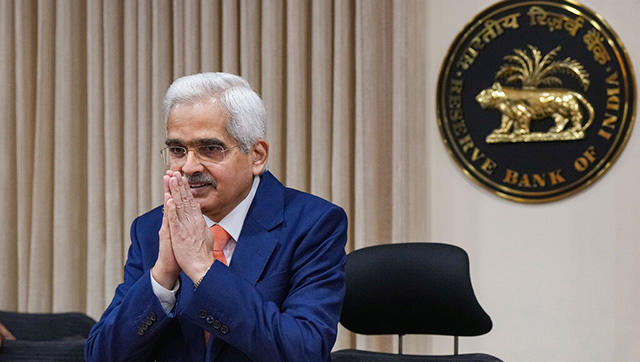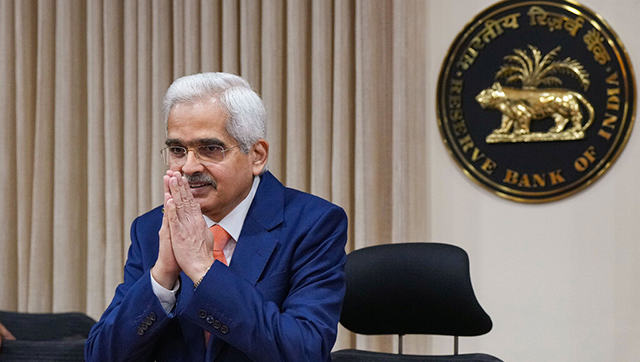Ever since Subramanian Swamy started his first tirade against RBI governor Raghuram Rajan, there had been a barrage of articles explaining why his arguments against the internationally renowned economist is wrong. Firstpost itself has published at least six articles, putting forth counter arguments virtually demolishing Swamy.
However, Swamy, the BJP and prime minister Narendra Modi himself seem still unconvinced. (On Monday, finance minister Arun Jaitley came out against Swamy’s vitriol, though.)
So, here are four graphs that will explain in simple terms what exactly is the importance of Rajan.
Inflation
One of the contentious issues raised by Swamy is that Rajan held the interest rate high for too long that economic growth suffered. But benefit of holding interest rate high are seen in retail inflation. When Rajan took over as the governor of the Reserve Bank of India in September 2013, the CPI inflation was near double digits.
It hit 11.16 percent in November 2013. Later on, the inflation rate has been on a rather steady decline. As Rajan held on to higher interest rate, despite the call for deep cuts from the industry captains and lobby groups, the inflation hit a low of 3.74 percent in August 2015. Even though now the inflation is rearing its head, it has not yet spiralled out of control.
In other words, one could say Rajan has stood firmly with the common man, who bears the brunt of inflation the most. Maybe Swamy is with the big corporates, at least that is what his misplaced arguments prove.
Rupee
The rupee was in some serious trouble when Rajan took over. In August 2013, the currency had fallen to 68.80/81 against the US dollar after then US Federal Reserve chairman Ben Bernanke hinted at a possible winding down of the QE and FIIs started pulling out funds from emerging markets.
The current account deficit was widening and hit $32 billion during September-December 2013. Soon after he took over the governorship, Rajan announced a slew of measures to attract dollar inflow, including a special swap window for foreign currency non-resident deposits.
The steps helped contain the volatility in the currency. If the rupee’s current weakness is not too much of a heartburn that is because those measures took our forex reserves to comfortable level.
Forex reserves
The steps to contain the rupee volatility and increasing dollar inflows helped increase the forex reserves. In September 2013, the forex reserves stood at $274.8 billion, enough to cover imports of eight months. Now, the central bank has a dollar pile of $361 billion. This is enough to cover imports for 14 months. This is actually giving the RBI comfortable elbow room to weaken the rupee in order to support the exporters.
Bank NPAs
The bank NPAs are rising. As of December, they stood at Rs 4,08,006 lakh crore. This should worry us. But there is a good news in this too. The rise in NPAs is because are now not hiding their bad loans as they used to do earlier. And that is because Rajan has given an ultimatum to clean up its balance sheets by March 2017. As Firstpost’s Dinesh Unnikrishnan argues in this article , “One must give credit to RBI governor Rajan for calling a spade a spade and putting an end to the practice of banks masquerading NPAs as good loans by recasting them.”
Data inputs from Kishor Kadam


)




)
)
)
)
)
)
)
)